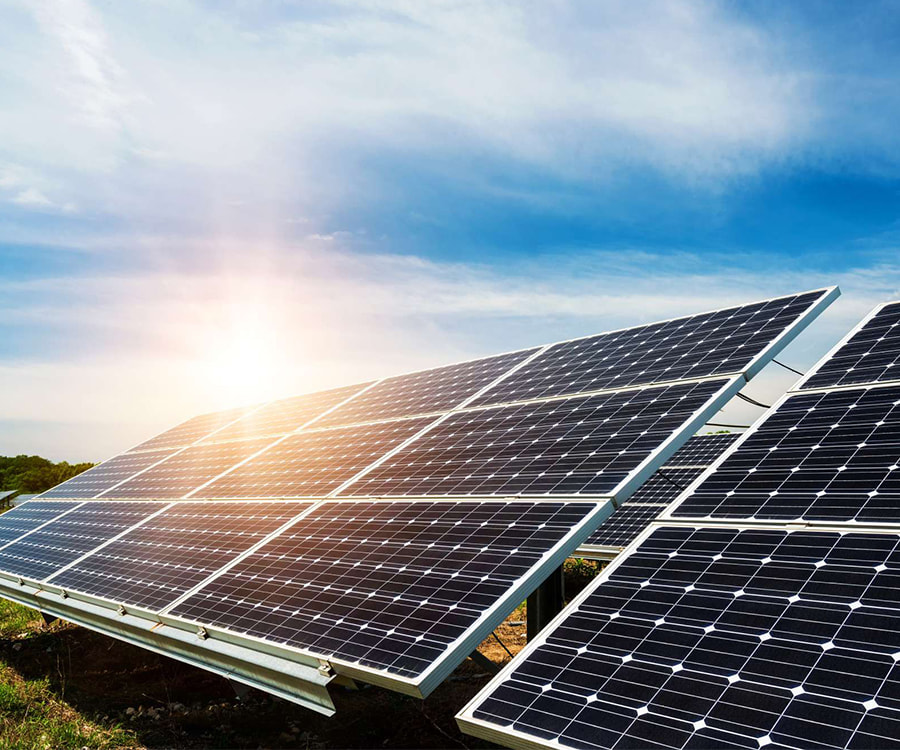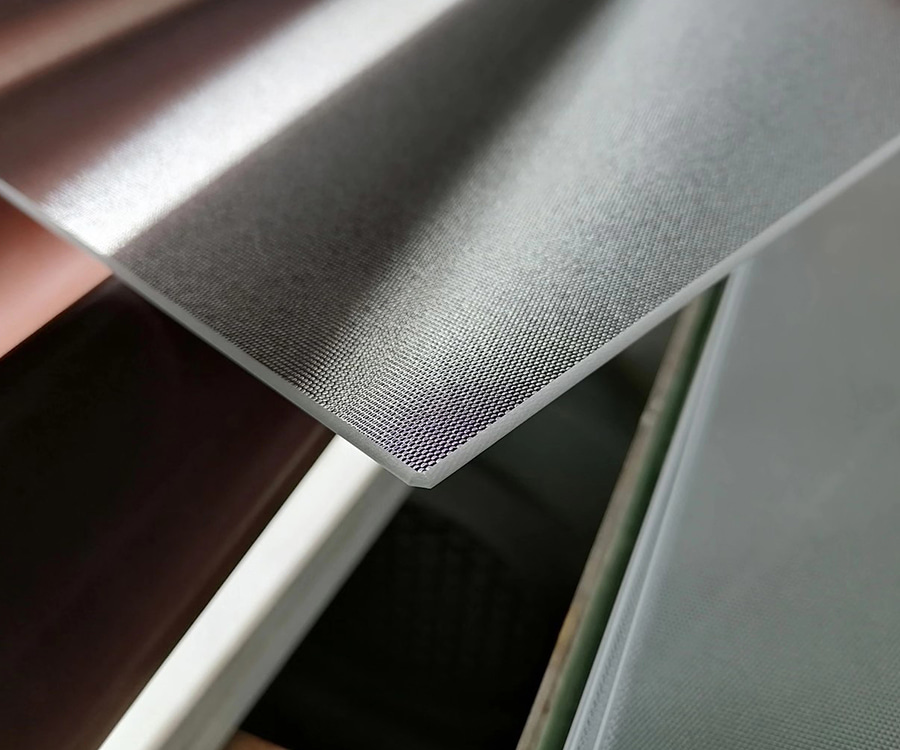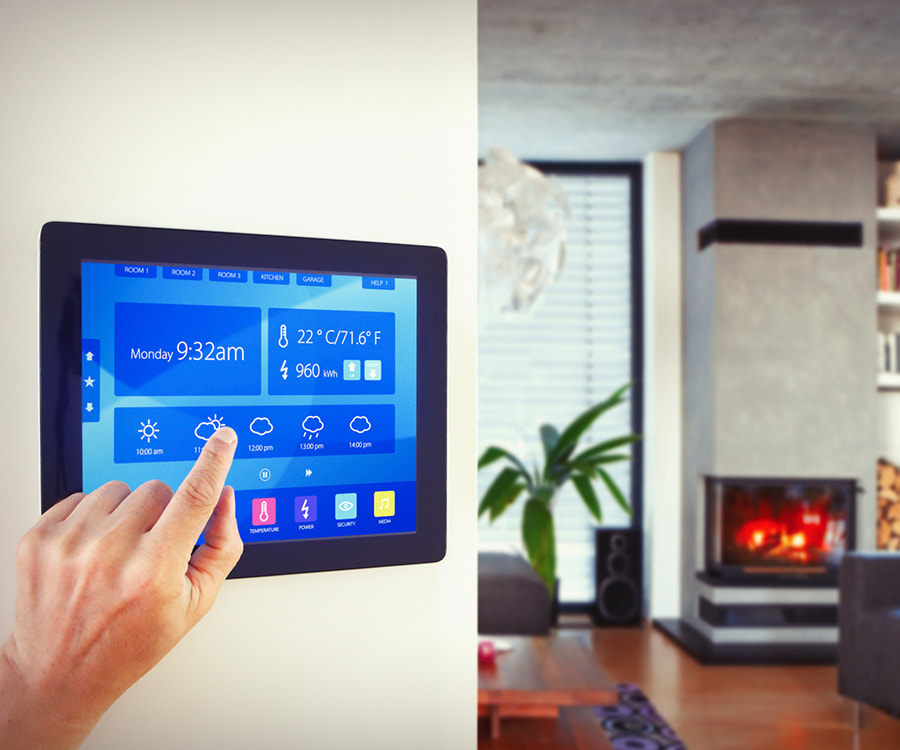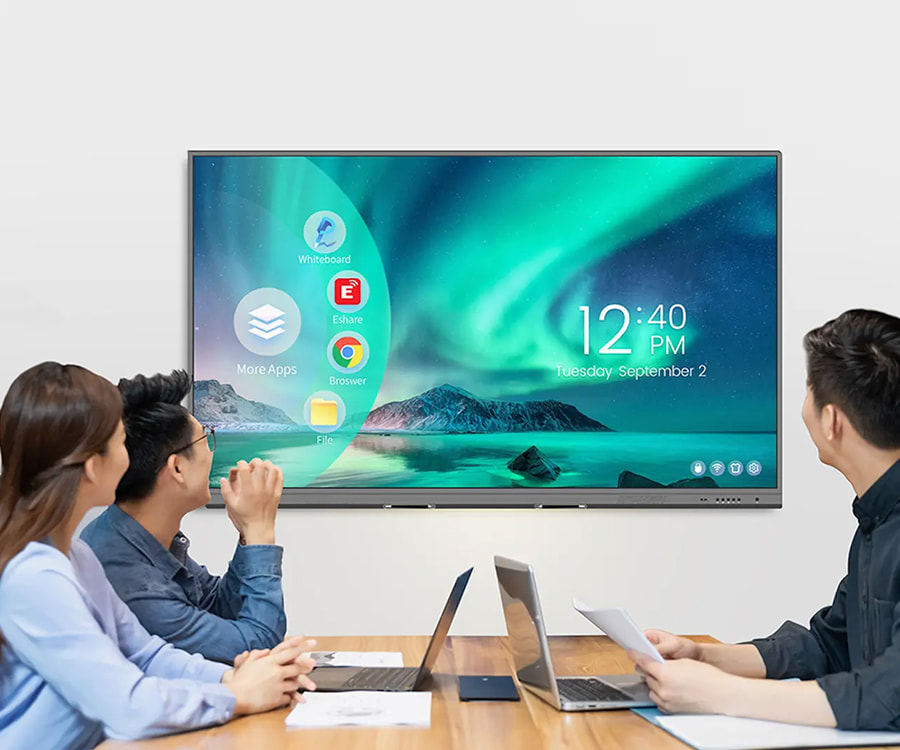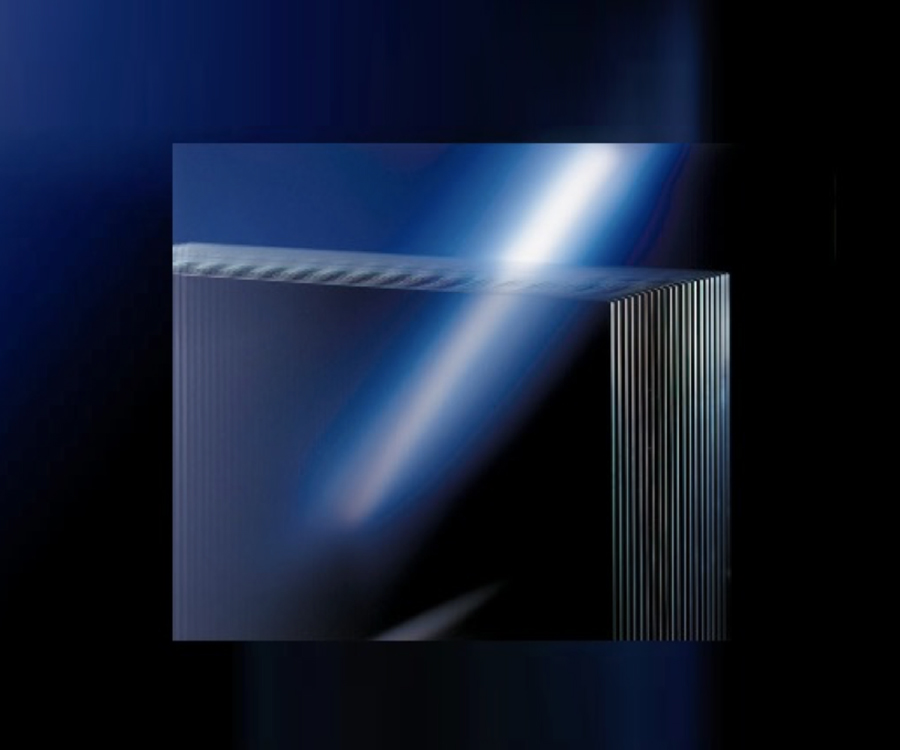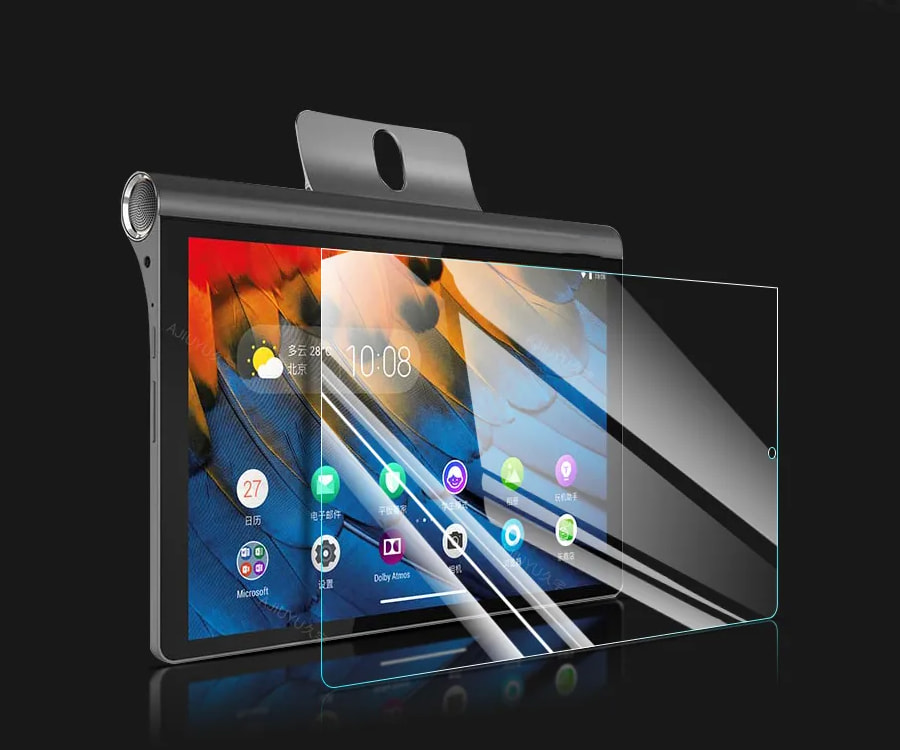The methods for enhancing the scratch and impact resistance of Touchscreen Panel Glass mainly include chemical tempering treatment and surface coating technology. Chemical tempering, also known as ion exchange technology, is an important means to enhance the scratch and impact resistance of Touchscreen Panel Glass. The process involves immersing the glass in a molten salt bath containing larger ions (usually a potassium salt bath), and an ion exchange reaction occurs between the surface layer of the glass and the molten salt. At high temperatures, the sodium ions (or other smaller ions) on the surface of the glass diffuse with the potassium ions (or other larger ions) in the molten salt, and the potassium ions gradually enter the surface of the glass, while the sodium ions diffuse into the molten salt. Since the radius of potassium ions is larger than that of sodium ions, this ion exchange causes a layer with compressive stress to form on the surface of the glass, while tensile stress is generated inside. The presence of compressive stress makes it more difficult for the glass surface to crack when subjected to external forces, thereby improving the scratch and impact resistance of the glass.
After chemical tempering, the hardness of the Touchscreen Panel Glass is raised to a new level, making it able to effectively resist the scratches and wear of various hard objects in daily use, such as fingertips sliding, accidental touches of sharp objects such as keys or coins, which are difficult to leave marks on the glass surface. This enhanced hardness not only improves the durability of the product, but also extends the service life of the touch screen and reduces the cost of frequent replacement.
The compressive stress layer formed on the glass surface during the chemical tempering process is like an invisible shield, which greatly improves the impact resistance of the glass. When the glass is impacted by external force, this compressive stress layer can effectively disperse and absorb the impact energy, reduce stress concentration, and prevent the glass from breaking instantly. Even if the glass breaks in extreme cases, due to the effect of the compressive stress layer, the fragments will be tightly constrained inside the glass, forming small and relatively blunt particles, greatly reducing the risk of fragments flying and injuring people, providing users with higher safety protection.
In addition to chemical tempering, Touchscreen Panel Glass manufacturers continue to explore and apply advanced surface coating technologies to further improve their scratch resistance. These coating technologies give the glass more outstanding wear and scratch resistance by forming one or more layers of thin films on the glass surface. Among them, silicon dioxide (SiO₂)-based coatings are favored for their high hardness, good chemical stability and excellent light transmittance. It can adhere tightly to the glass surface to form a hard and smooth protective layer, effectively resisting erosion and scratches from external substances.
Touchscreen Panel Glass can effectively enhance its scratch and impact resistance by combining chemical tempering treatment and surface coating technology. These technologies not only improve the physical properties of the glass, but also extend the service life and reliability of touch screen products.


